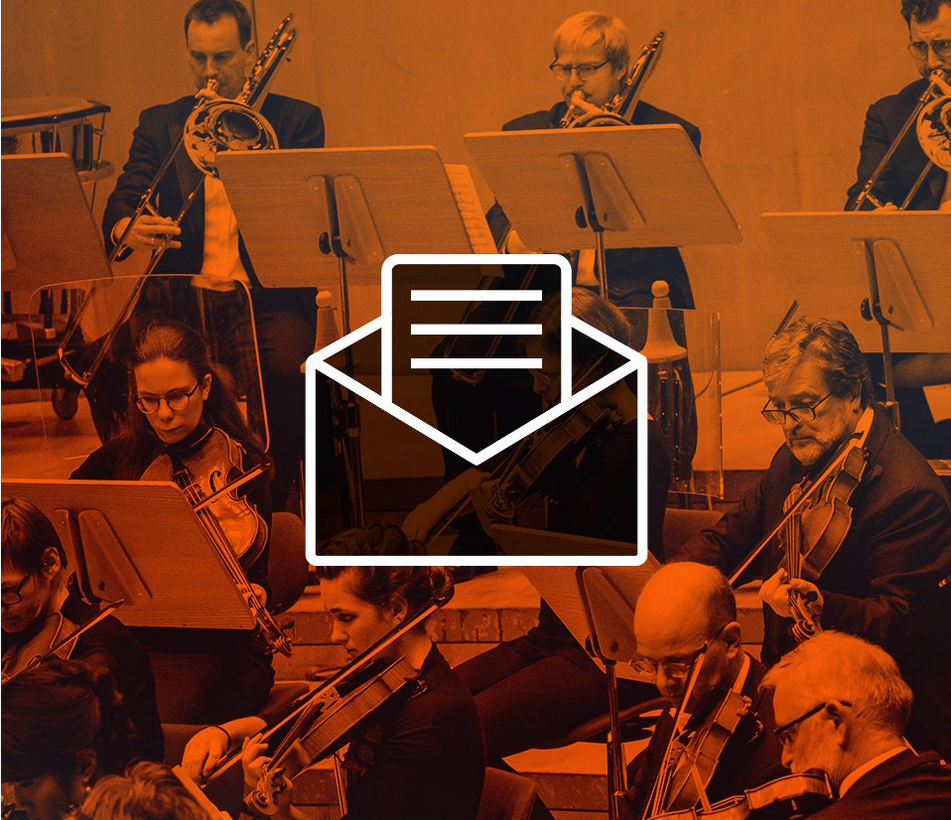Bohuslav Martinů
Suite concertante in D-major (second version) for Violin and Orchestra (1944)
Béla Bartók
Rhapsody No. 1 for Violin and Orchestra (1929)
Johannes Brahms
Symphony No. 3 op. 68
- Frank Peter Zimmermann Violin
- Gürzenich-Orchester Köln
- David Afkham Conductor
The three orchestral works on this programme boldly explore the boundaries of sound space, in search of new dimensions. At the same time, the composers deliberately refer to past traditions concerning sound and form.
Béla Bartók, who was not merely a composer but also a musical ethnologist, drew on the folk music repertoire of his home country for many of his pieces. In the beginning of the 20th century, he could often be seen with his phonograph, wandering the taverns and farms of far-off villages in Hungary and Romania. The genuine and unique music he collected there also found its way into his First Rhapsody for violin and orchestra. A fiery Czárdás – the national dance of the Hungarians, serves as motor in this seldom played piece, which in all its bravura consists of more than just effects. Here to carry us off to an archaic world of unchained ecstasy is Frank Peter Zimmermann, who is and always has been one of the world’s greatest violinists.
Bartók’s Czech colleague Bohuslav Martinů pays tribute to his musical ancestors as well, in his Suite Concertante for violin and orchestra. This brilliant and bold oeuvre is guided by the ideals of the late baroque form, initially misleading the audience by using old movement titles such as »Toccata« or »Aria«. Comprised of several movements, it can be understood as violin concerto in disguise, and one that pushes the soloist to their limits: A dizzying trapez act with no safety net, and a work cut out for the brilliant Frank Peter Zimmermann who makes every violinistic tight rope walk seem like a stroll in the park.
»Veiled symphonies« was his first idea, when Robert Schumann learned about the piano sonatas of the young Johannes Brahms - a quote that characterizes the Youngster from Hamburg, born one generation earlier than Schumann, as a herald between musical forms. It took Brahms 14 years before he had produced his first symphony, with much struggles: a creative phase of ever new hesitation, rejection and searching. What folk music meant for Bartók and the strict clarity of musical baroque for Martinů, that was Beethoven's symphonic oeuvre for Johannes Brahms: an incentive, a supposedly never attainable role model and a reason to question one's own ability as a composer. When his first Symphony was finally born, critics were divided. For us it is evidently a work of glowing dark colors, melancholy, the disruption between doubt and an unconditional will to express.
David Afkham, chief conductor of the Spanish National Orchestra, guides the Gürzenich Orchestra through the cosmos of musical visions of the future.

